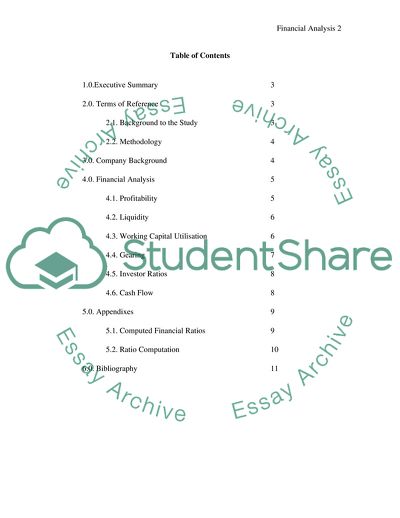Cite this document
(Financial Analysis for Ipplepen Plc Case Study Example | Topics and Well Written Essays - 1500 words, n.d.)
Financial Analysis for Ipplepen Plc Case Study Example | Topics and Well Written Essays - 1500 words. https://studentshare.org/finance-accounting/1706644-ipplepen-plc
Financial Analysis for Ipplepen Plc Case Study Example | Topics and Well Written Essays - 1500 words. https://studentshare.org/finance-accounting/1706644-ipplepen-plc
(Financial Analysis for Ipplepen Plc Case Study Example | Topics and Well Written Essays - 1500 Words)
Financial Analysis for Ipplepen Plc Case Study Example | Topics and Well Written Essays - 1500 Words. https://studentshare.org/finance-accounting/1706644-ipplepen-plc.
Financial Analysis for Ipplepen Plc Case Study Example | Topics and Well Written Essays - 1500 Words. https://studentshare.org/finance-accounting/1706644-ipplepen-plc.
“Financial Analysis for Ipplepen Plc Case Study Example | Topics and Well Written Essays - 1500 Words”. https://studentshare.org/finance-accounting/1706644-ipplepen-plc.


